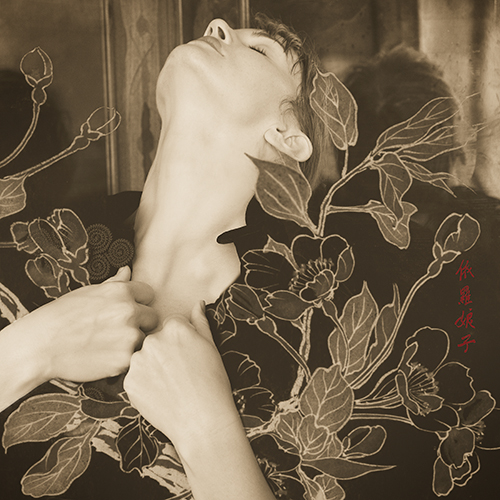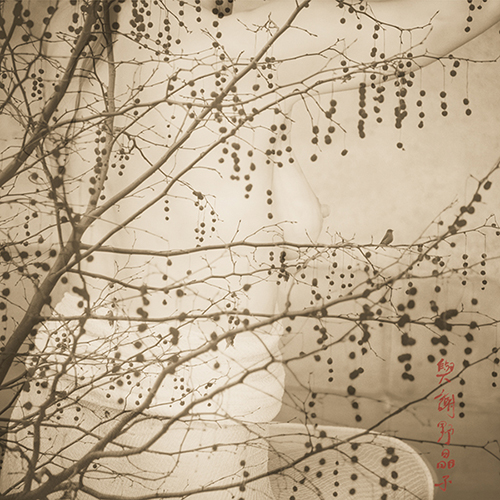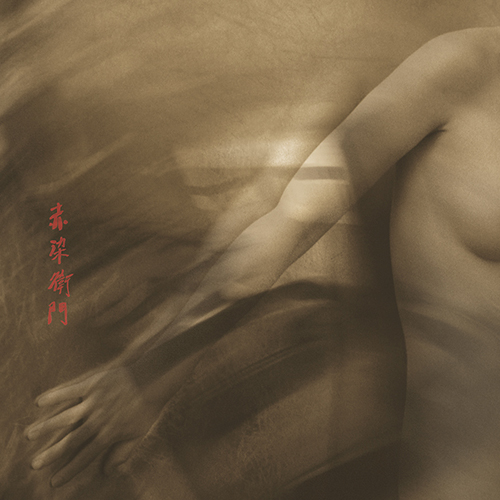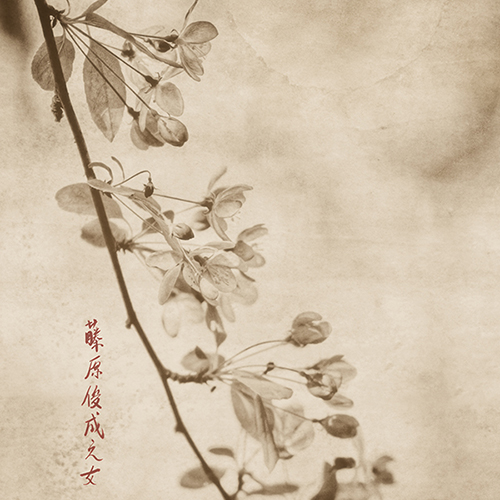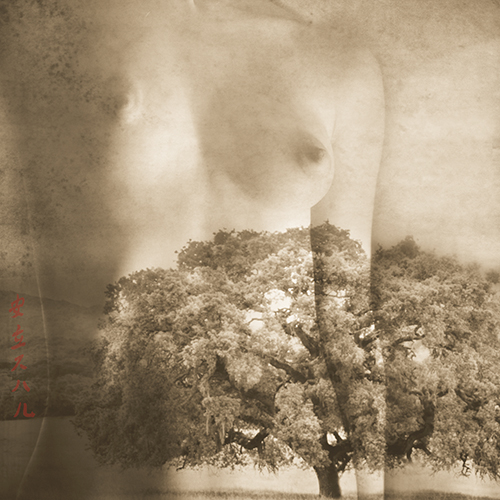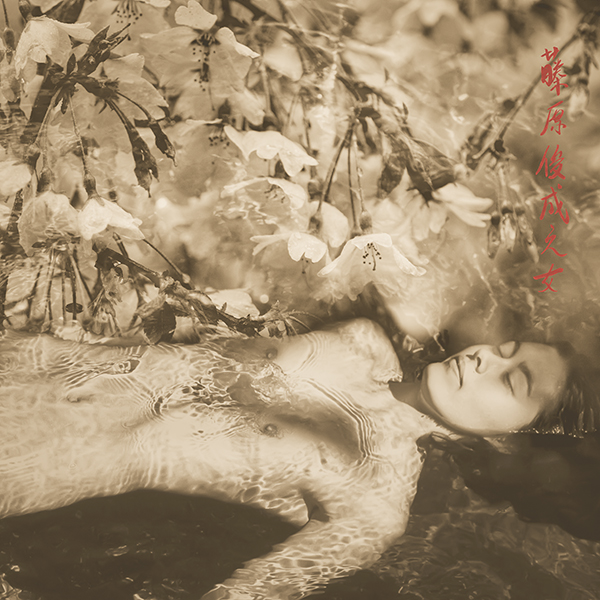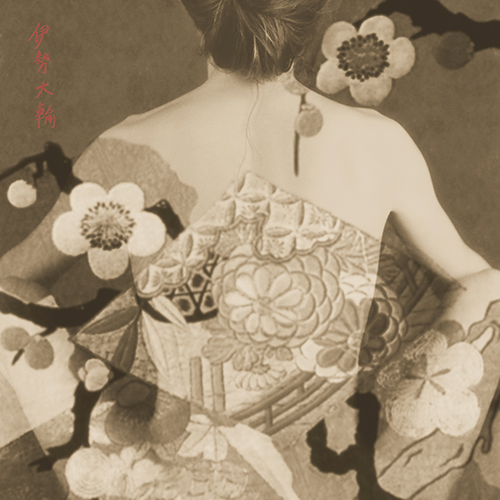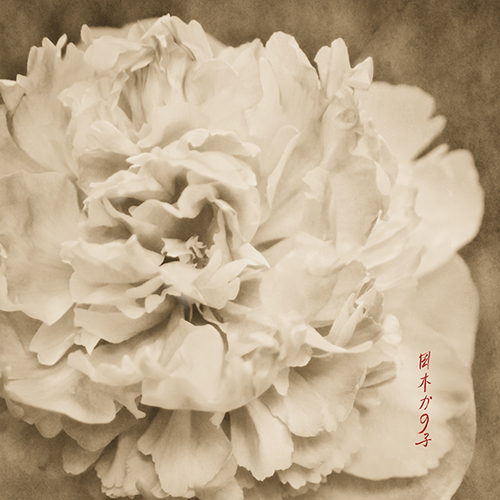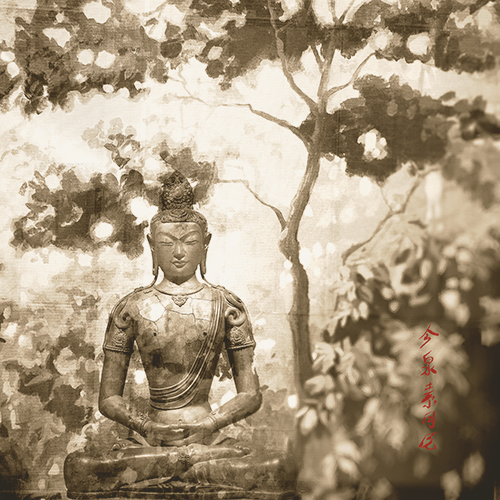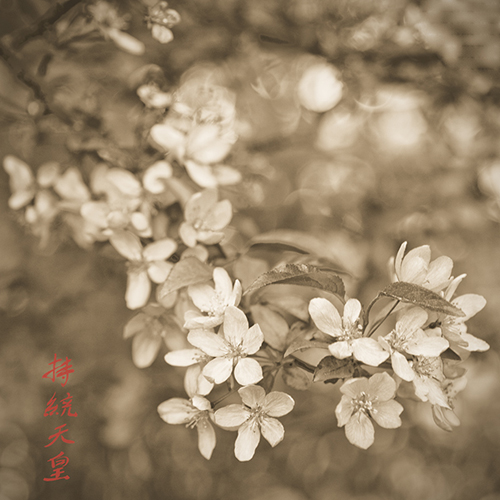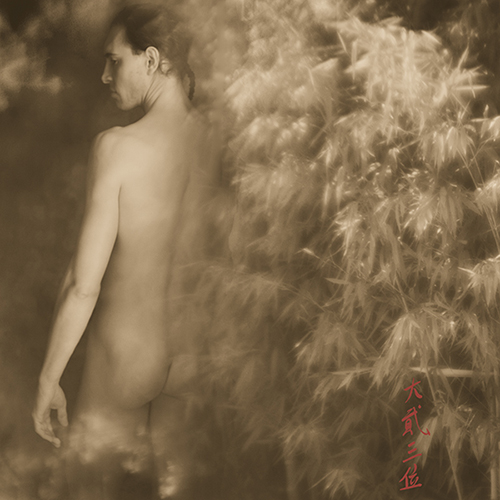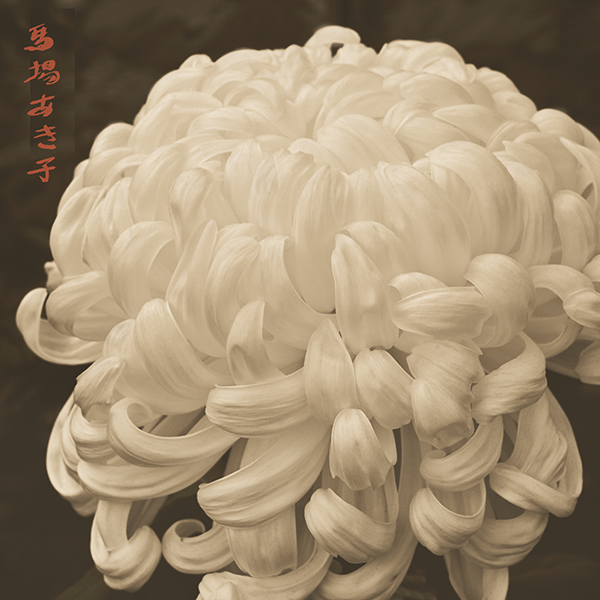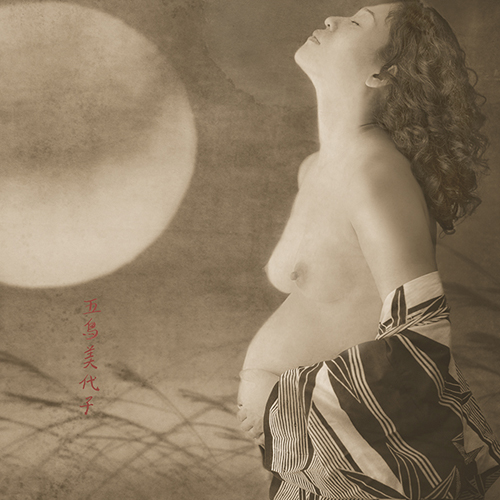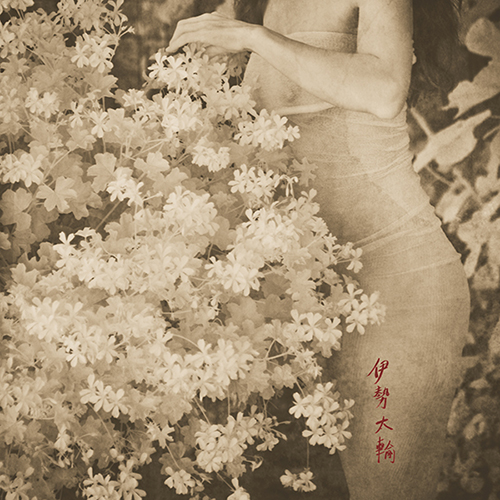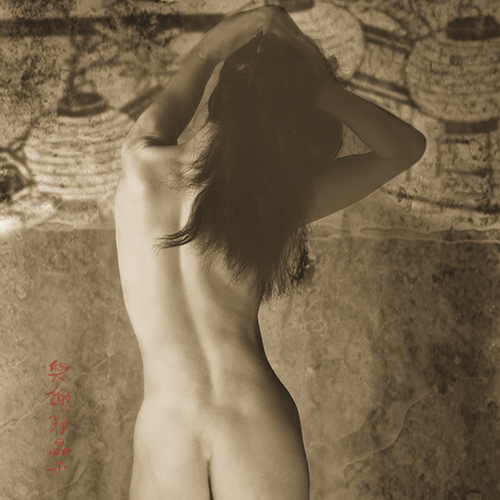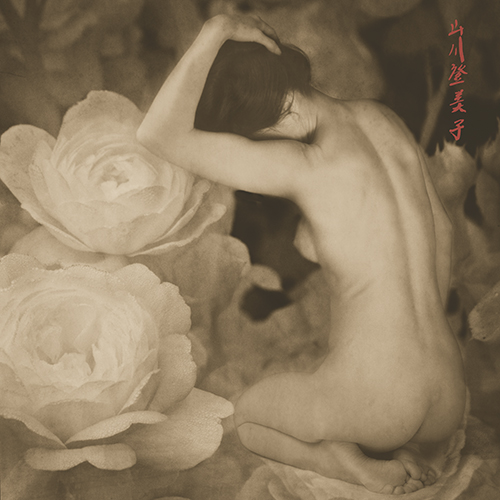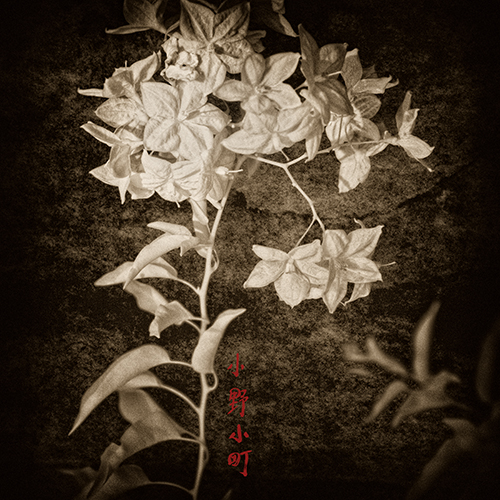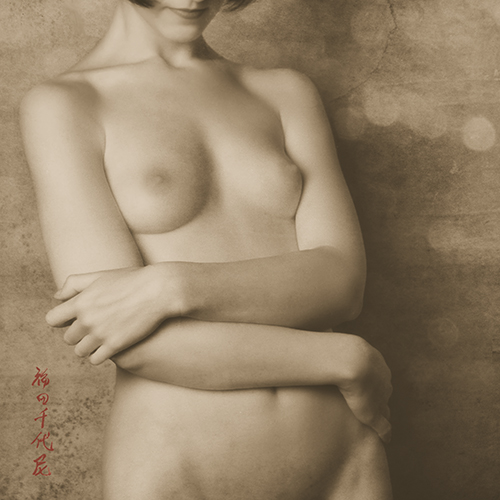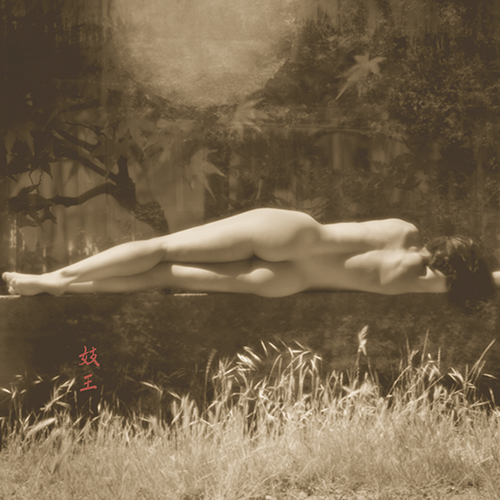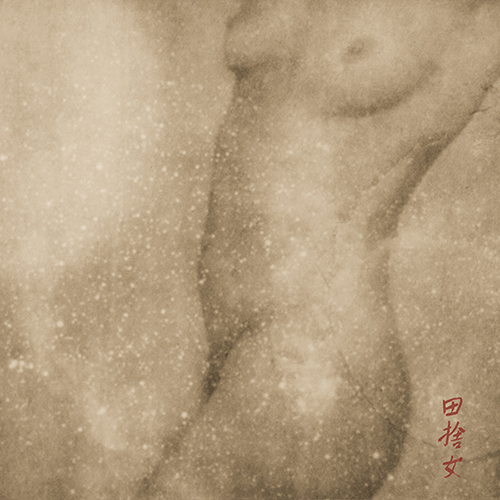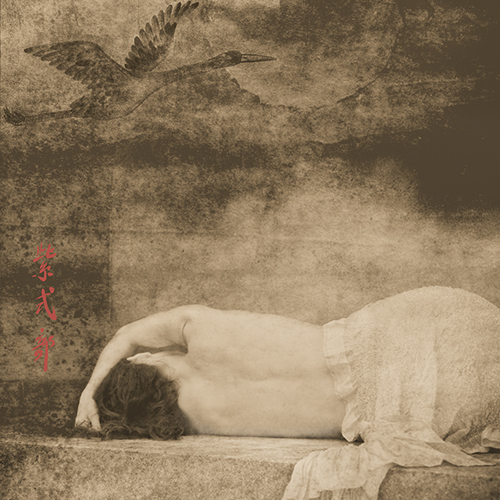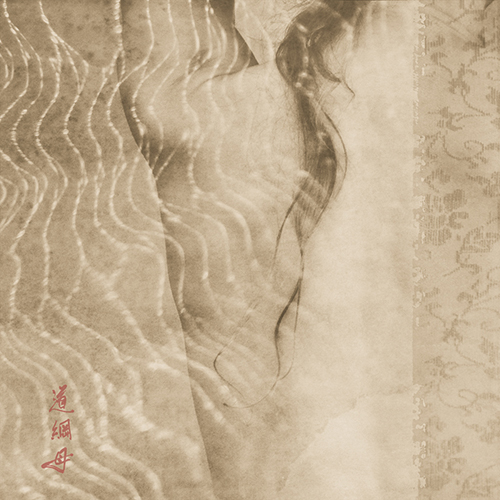Floating World
Allusions to poems by Japanese women of the 7th—20th Centuries.
In a used book store in Princeton, New Jersey, I discovered a volume of poems translated by Kenneth Rexroth and Ikuko Atsumi in 1977. The poems were by Japanese women from the 7th through the 20th centuries and represent all the major styles during this period—from the Classical to Contemporary schools. I was immediately drawn to the poems, and as I read them—so allusive and rich in imagery—I knew that I wanted to make their photographic equivalents.
What I didn’t know then was that I would also want to create my own versions of the poems that could accompany my images. With the help of translators Hitomi Sugiura and Frederick Kotas, who found the originals and gave me literal translations, I composed my own English versions of the poems. The calligraphy on each image, representing the name of the poet, is by Richard Man.
Floating World refers to the conception of a world as evanescent, impermanent, of fleeting beauty and divorced from the responsibilities of the mundane, everyday world. For the poets in this volume that world centered on love—longing for love and the beloved, mourning lost love, pondering its mystery. The beauty of the natural world—its flowers, landscape, the moon, and the changing seasons—serves as the primary metaphor.
This series is available in two sizes and is printed using archival Epson Ultrachrome pigment inks on uncoated Kozo (mulberry) paper handmade in Japan.

